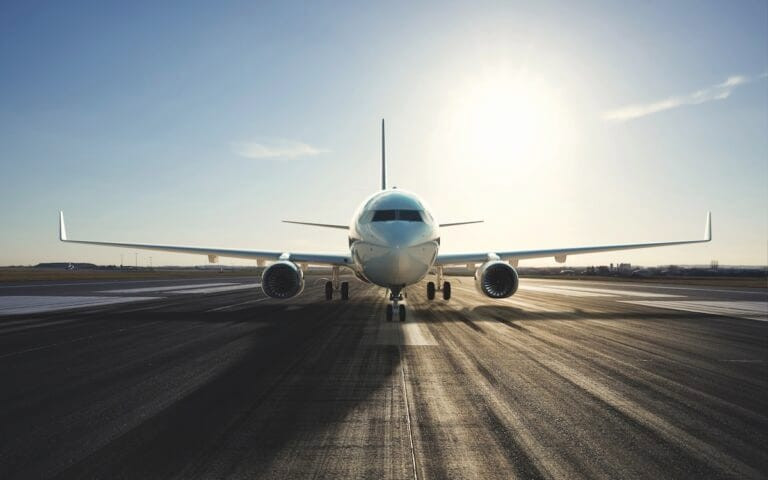Since being unleashed by the Trump administration, the Department of Government Efficiency (DOGE) has imposed massive budgetary constraints, triggering a slew of job cuts across federal agencies, one hit particularly hard being the Federal Aviation Administration (FAA). While officials claim these cuts won’t impact safety, industry experts warn they could disrupt the air cargo and lead to operational delays, increased costs, and reduced efficiency.
At a time when global supply chains are still recovering from a rocky few years, any instability in air cargo operations could have far-reaching consequences. With e-commerce, pharmaceuticals, and perishable goods reliant on fast and reliable air freight, even slight delays or staffing shortages could create bottlenecks that are felt throughout multiple industries and at home.
FAA job cuts and their implications
Just last month, the FAA laid off 352 probationary employees from its 45,000-person workforce. US Transportation Secretary Sean Duffy assured the public that none of these roles were “safety critical.” However, unions and former employees argue that some recently eliminated positions supported safety inspectors and airport operations, which could indirectly affect air traffic efficiency.
Even before these cuts, the FAA was already struggling with staffing shortages. The National Air Traffic Controllers Association reported that the agency lacked approximately 800 technicians, forcing controllers to work six-day weeks slowing air traffic in major hubs, including New York.
The impact these job cuts would have on regulatory oversight is also worth considering. Fewer inspectors could affect the turnaround time for aircraft certification and increase the risk of backlogs for new cargo planes entering service. If these issues continue, shippers and logistics providers could see a reduction in available air freight capacity, forcing them to seek alternative (and often pricier) transport solutions.
Airline industry challenges add to the pressure
Beyond FAA staffing issues, the broader aviation industry is also staring at a few hurdles. Boeing reported a US$3 billion loss in Q4 2024 due to labour strikes, job cuts, and supply chain complications. A machinists’ strike at Boeing’s Washington facilities shut down production for over seven weeks, delaying aircraft deliveries and limiting fleet expansion for cargo carriers.
Meanwhile, Southwest Airlines has had to cut back on ground operations due to a shortage of new aircraft. The airline expected 85 new Boeing 737 jets but revised that figure down to 20 because of production delays. This serious fleet limitation reduces available belly cargo space, further tightening capacity in the air freight market.
Adding to the chaos, some cargo airlines are already struggling with operational efficiency due to new sustainability regulations, rising fuel costs, and increased competition from ocean freight, which has regained reliability in the post-pandemic market. When combined with FAA job cuts and Boeing’s supply chain challenges, the result is an air cargo industry that must work harder than ever to maintain service levels.
Government response and industry outlook
Recognising these challenges, a bipartisan group of US senators has called for increased funding to address FAA staffing shortages. The proposal includes measures to accelerate hiring for air traffic controllers, improve training programs, and incentivise aviation workers to remain in the field.
Additionally, aviation industry leaders have urged Congress to address the ageing infrastructure of FAA facilities, warning that neglected air traffic control centres could only hinder efficiency and safety. Modernising these systems would not just enhance overall air traffic management but also provide stability for cargo operations throughout the country.
Some experts argue that technological advancements, such as AI-driven air traffic management and automated cargo handling systems, could help mitigate the effects of workforce shortages. However, widespread adoption of these technologies is still years away, meaning the industry must find short-term solutions to bridge that gap.
So, are we in for a smooth landing?
The air cargo industry is reliant on a well-functioning aviation ecosystem. The latest wave of FAA job cuts could pose some serious risks to its stability. Delays, increased costs, and aircraft certification bottlenecks could make it harder for companies to move goods as effectively as they’d want to.
While lawmakers and industry leaders are pushing for solutions, the short-term outlook definitely remains uncertain in the US. Without immediate intervention, cargo operators might be forced to pass rising costs onto customers or reroute shipments altogether through alternative hubs, creating inefficiencies in global trade.
Airfreight has weathered countless storms in the past, but with FAA staffing reductions and other broader economic pressures, it faces yet another obstacle. Whether policymakers act swiftly to reinforce the system or allow these challenges to linger and stack up remains to be seen.





